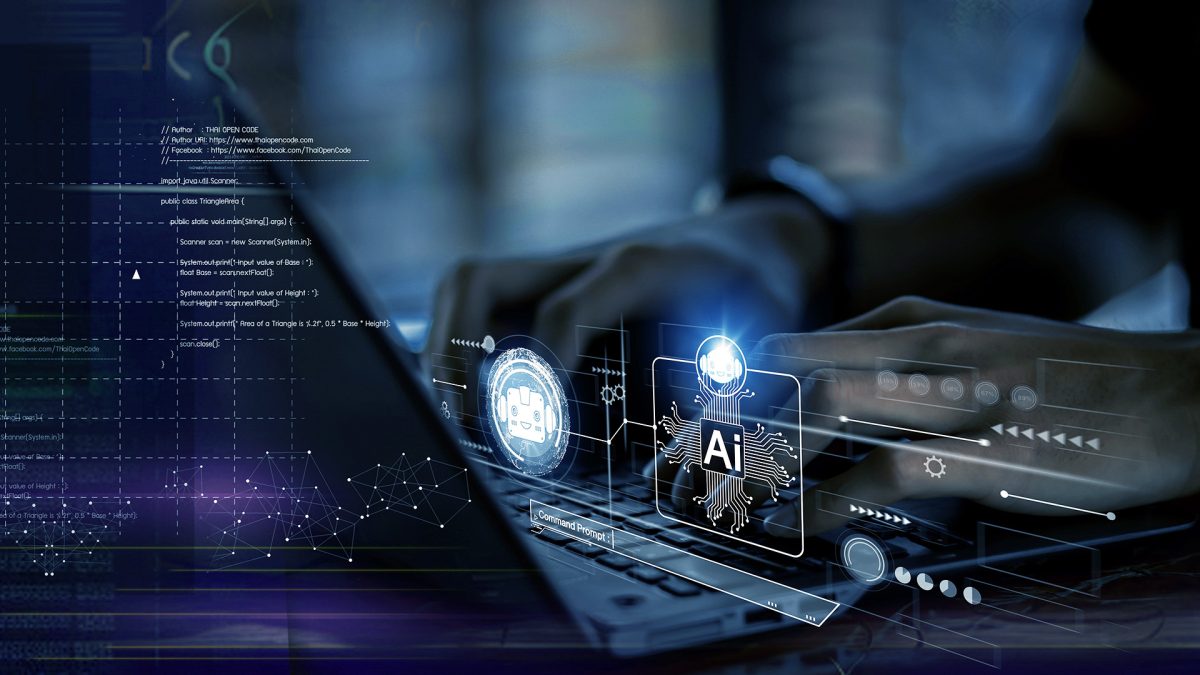Although the most common use of AI in the software development lifecycle so far has been assistance with coding, this alone is not enough to fully capitalize on the benefits of the technology. Especially when you consider that writing code typically accounts for only 40% of the time spent on a project, with the rest going to analysis, design, testing, documentation, integration, and deployment.
If we really want to accelerate value creation, AI must be applied across every stage of the SDLC. At Baufest, we’ve proven that AI is ready for production use, with tools that have helped us achieve 20% to 30% total effort savings, translating into shorter development cycles and more robust, secure products.
But it’s not just about speed. By freeing up our teams from repetitive, bureaucratic tasks (like writing documentation), AI enables us to focus more on innovating the user experience and solving complex project challenges.
To create better software, it’s ideal to shorten the path from ideas to specifications. In fact, much of the real work happens before any code is written—and that’s where AI becomes a key tool.
At Baufest, we record and transcribe meetings, allowing AI to extract the what, why, and how. If we ask the right questions, AI can transform those discussions into a clear workflow: from audio capture to transcription, then to the generation of standardized user stories, and the automatic creation of pending tasks (issues).
AI ensures consistent stories, fills in edge cases, and maintains a unified writing style, saving time and improving the quality of the base content before the design or construction of the product even begins. Using stories as the foundation, we rely on the MCP protocol, which allows AI agents to create, edit, and track tickets directly within the tool.
Three ways to code with AI
During the coding phase, our developers apply AI in three main ways:
- Autocompletion: Tools like GitHub Copilot offer suggestions based on context, helping developers stay focused and work faster.
- Agent Mode in the IDE: AI acts as a coding assistant, handling tasks such as refactoring code or generating entire features based on user stories. When connected to MCP servers, the agent works with richer context, although it’s crucial to provide proper instructions to maintain architecture and coding style.
- Asynchronous Agents: These agents operate independently, picking up tasks from issues, generating code, running tests, and submitting pull requests without supervision. This approach has the highest potential for acceleration but requires tighter coordination, and all generated code must still be reviewed by a human.
AI in production: real impact and best practices
Our recent experience shows that AI-driven approaches reduce time-to-market, improve documentation quality, and lead to more robust solutions.
However, it’s essential to maintain best practices. Deploying AI-generated prototypes into production without proper engineering discipline (like solid architecture, security, and DevOps) can result in serious risks.
Looking ahead, a key skill developers will need is the ability to choose the right AI tool and model for each task. The nature of the work is changing: we’re moving from a linear, fully human process to one where the developer coordinates multiple agents working in parallel.
What remains unchanged is the focus on problem-solving, combined with business knowledge, to deliver the right solution to our clients.
By Guillermo Vasconcelos, Software Development Practice Head.


